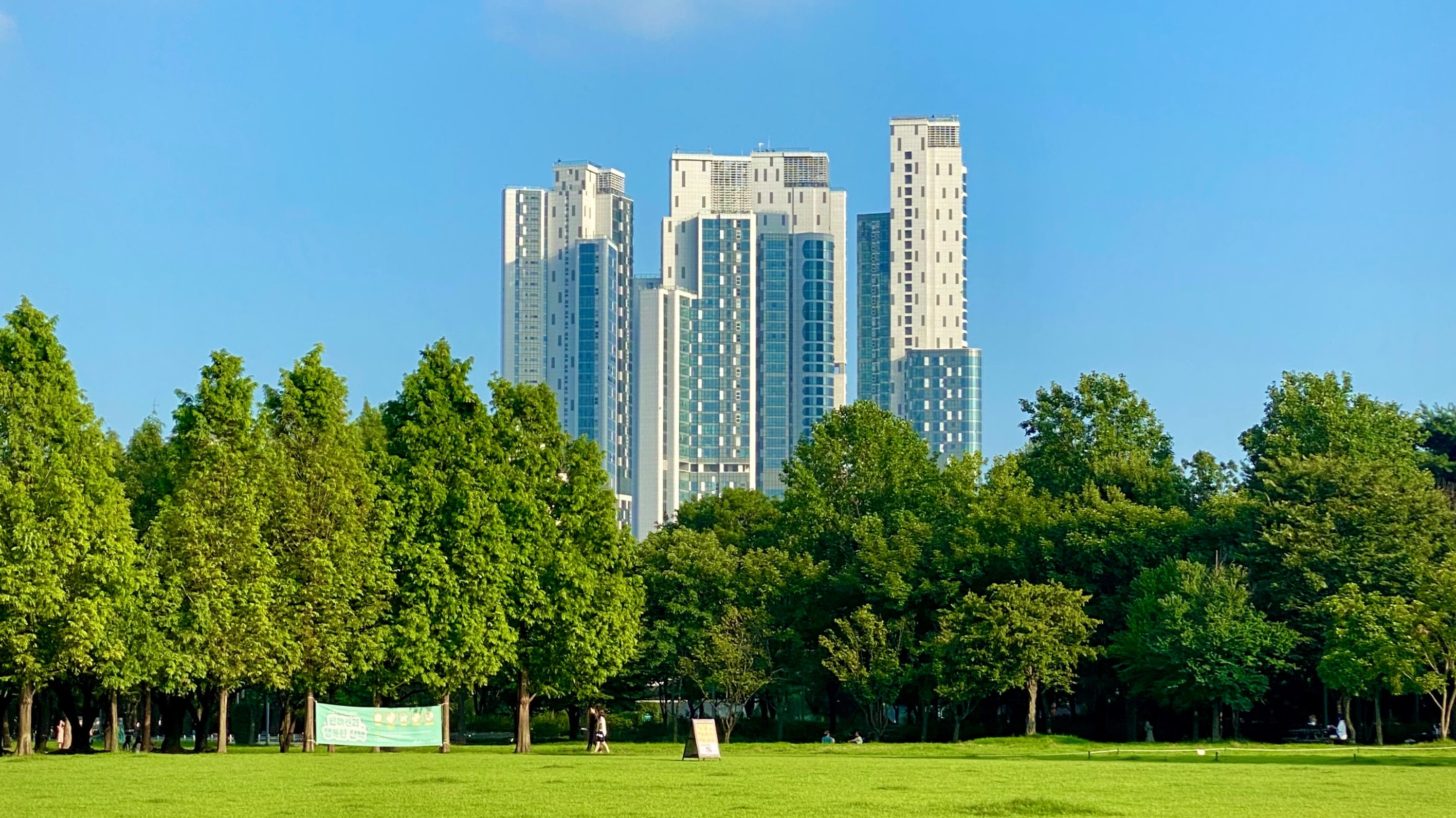Media release
From:
More green space access in urban residential areas could slow biological aging
Science Advances
More exposure to green space in urban residential areas could slow biological aging, according to a new long-term epigenetics study involving 924 participants across 4 U.S. cities. The findings indicate that socioeconomic aging disparities could be partially caused by unequal access to green space for disadvantaged communities. Green space exposure has been associated with lower mortality, but it has been unclear what biological mechanisms are responsible for this effect. To investigate, some researchers have turned to epigenetics research, which aims to identify DNA modifications caused by environmental and behavioral factors. Studies have found links between green space exposure and DNA methylation, but it is unclear what these epigenetic modifications could mean for biological aging or how they may differ across social dimensions such as race and socioeconomic status. To explore, Kyeezu Kim and colleagues examined data on DNA methylation, green space, and demographics from a cohort of 924 participants, including 376 Black and 548 white participants residing in 4 U.S. cities (Birmingham, AL; Chicago, IL; Minneapolis, MN; and Oakland, CA) between 1985 and 2006. The researchers compared DNA methylation-based, age-related biomarkers against satellite-derived vegetation density and park locations near participants’ residences. They found that higher residential green space exposure was associated with slower epigenetic aging, but only among white participants. Black participants had less green space exposure on average, and lower socioeconomic status participants had strong associations between green space exposure and aging. The findings imply that disadvantaged groups could see more health benefits from expanded access to green space, Kim et al. say, but more research is needed to identify the health factors responsible for this effect and other social determinants at play. “Our findings have strong implications for coupling public health intervention and urban planning to expand green infrastructure and maximize its utilization that may be associated with improved life span,” the authors write.
Expert Reaction
These comments have been collated by the Science Media Centre to provide a variety of expert perspectives on this issue. Feel free to use these quotes in your stories. Views expressed are the personal opinions of the experts named. They do not represent the views of the SMC or any other organisation unless specifically stated.
Dr Danielle Shanahan, Chief Executive of Zealandia; and Adjunct Professor at Te Herenga Waka Victoria University of Wellington, is available for interview.
Dr Mirjam Schindler, Lecturer in Human Geography, Victoria University of Wellington
The study by Kim and co-authors suggests that living near green spaces may lead to slower epigenetic aging, which has significant implications for future housing strategies in New Zealand cities. As an expert in urban green spaces in Aotearoa and overseas, I am thrilled to see further evidence quantifying the benefits provided by green spaces and their pivotal role in creating healthy living environments.
This study provides valuable insights that urban planners and decision-makers need to take note of, especially in the ongoing discussions on housing strategies. The study reinforces the urgency of creating ample, high-quality green spaces that meet residents' needs, ensuring their accessibility and the subsequent reaping of benefits. Close proximity to green spaces is key to unlocking their health effects, including the potential to slow epigenetic aging.
Additionally, the study confirms existing disparities in access to green spaces and their associated benefits among different population groups, including various ethnicities and age groups. Similar disparities have been observed in previous green space research in New Zealand and internationally. The study underscores the role of our living environment, including green spaces near our homes, as a significant determinant of our health. Therefore, it is crucial that future housing strategies in New Zealand cities prioritise the conservation and expansion of urban green spaces, aiming to bridge the gap in access and make them available to all. Ensuring easy accessibility to nearby green spaces, regardless of socioeconomic status, has the potential to address health disparities. This necessitates thoughtful planning and strategic distribution of green spaces throughout our cities, considering factors such as population density and neighborhood demographics.
The study's findings highlight the importance of green spaces for promoting healthy living environments and the need to prioritise their conservation and integration in future housing strategies for our Aotearoa cities.



 International
International



